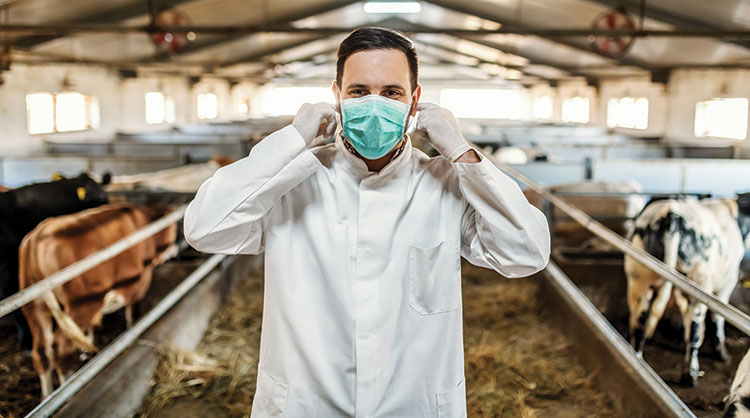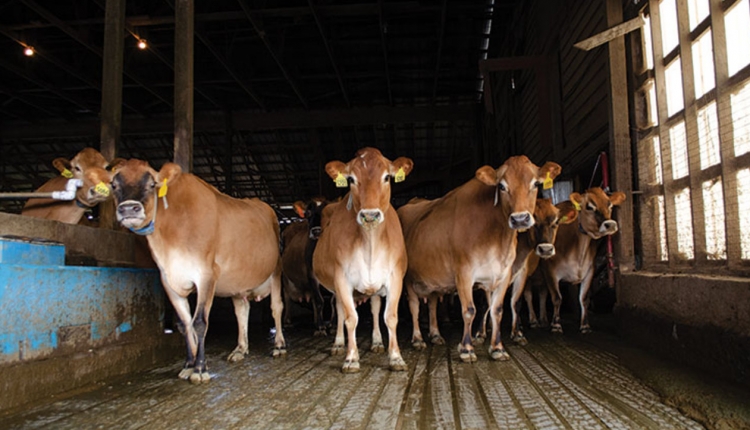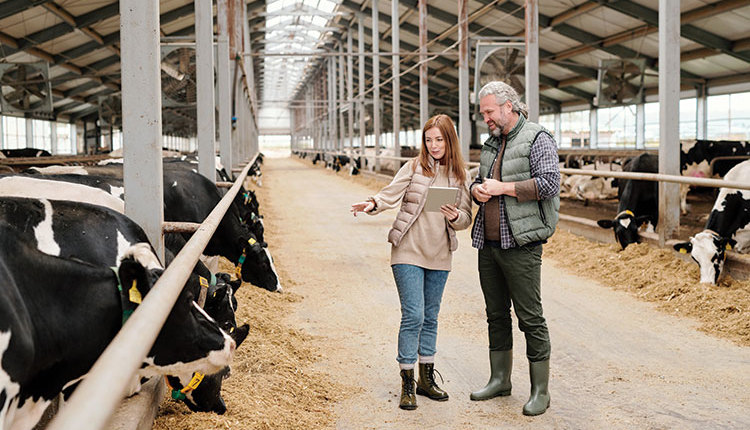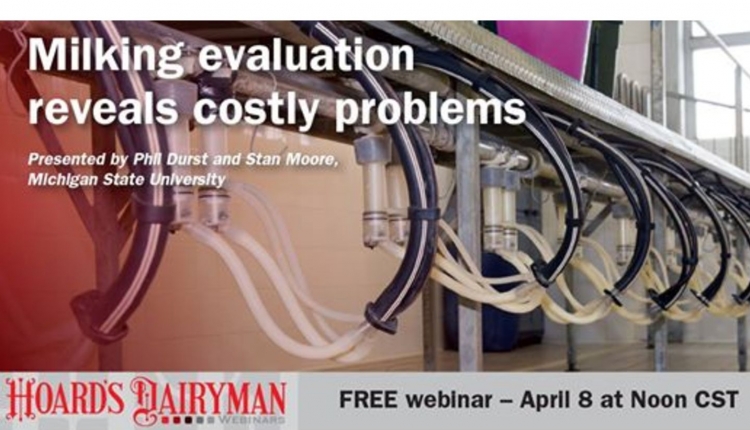
The 2020 pandemic is not yet over, but it is time to think critically about what can be learned from it. Though we don’t like to entertain the idea, this will not likely be the last crisis to affect American and global agriculture.
The real shame comes when we repeat mistakes of the past because we failed to learn the lessons of previous crises. Whether the next crisis is a real virus or a perceived threat, the reality is that the food system is vulnerable to disruption. It is important for all segments of the industry, including farmers, to review what can be done now to reduce the impact of another crisis.
The current situation
What follows are 15 lessons we have observed the last few months:
- All segments of the food chain are critically important. When disruption occurs at any link, that disruption will be quickly felt by the entire chain. Even though day-to-day operation on farms continued as before, the disruptions in the supply chain impacted every farm.
- Just-in-time supply has a fault line. As a business model, just-in-time delivery of supplies had gained widespread adoption as the cost to own and store materials increased. However, that model depends on the unimpeded flow of supplies. We saw that everything can come crashing down when the supply chain is disrupted and there are no stocks in reserve.
- Margin is cushion. Having the ability to weather a storm begins with creating a larger margin and maintaining a cushion. Even as farms try to rebuild their financial health, setting aside a portion for future stresses is important.
- Risk management should be routine. Whether a farmer uses government programs or commodity market tools, risk management should be a routine aspect of financial management, year-in and year-out. It should be seen as a routine necessity, rather than trying to outsmart the market occasionally.
- Business models need to be evaluated regularly. Each business, from farms up through the supply chain, should examine their business model considering current and future economic scenarios. We cannot assume that because a model has been working that it is appropriate for the future.
- Fear drives prices down. The drop in commodity prices appeared to be much greater than that which would be dictated by supply and demand alone. Prices will drop sharply any time market traders face worry and uncertainty. Disruption that causes uncertainty or loss of any market will result in a sharp and significant drop in market prices as traders worry about the future.
- Beware of the wolves. Some activist groups and individuals will use the crisis to advance their cause of restricting or eliminating animal agriculture by playing on fears. Others will take the opportunity to try to take advantage of the fears of people. We need to be careful, prudent, and always tell the story of the care that farmers take.
- Repair of confidence is as critical as repair of the system. If prices drop because of fear, then confidence is the cure. Consumer confidence is the responsibility of everyone in the industry — farmers, cooperatives, processors, and marketers. Each person can reach unique individuals in different ways, and farmers have a great message to tell.
- More meals are being eaten at home. Consumers will continue to eat a greater proportion of their meals from home, with ripple effects throughout the food industry, including shifts in product type and packaging. There are a number of reasons for this shift, including the financial strain on families with less cash due to furloughs, fewer restaurant options, behavior change driven by stay-at-home mandates, and a rise in the number of employees working from home.
- Consumers are going back to the basics: wholesome, safe, and comfortable. Sales of milk at grocery stores emptied store shelves. Meat sales from farms grew so much that small meat processors are still booked up for months in advance. The local food movement, with all its inefficiency, was spurred by this crisis and is likely to maintain a higher interest level than prior to the crisis.
- Employees are essential workers every day. We cannot ignore the health and safety needs and concerns of all employees. We need to evaluate risks and take steps to reduce them, making facility changes and training. Consider their resiliency and the potential impact of housing or working conditions.
- Communication has changed on-farm. Some farms began using technology to communicate in place of daily meetings. One farm quit preshift meetings, and all information, including status of calvings, sick cows, equipment repair needs, and more, are shared with their 28 employees through a cellphone app. Dairy managers will also become more aware of the need to control their schedules. After seeing how much time is freed up when salespeople are not stopping by, they may be more assertive at turning people away.
- There are fewer on-farm consults. Farm consultants may make fewer trips to dairies. Many farmers have gotten comfortable with e-meeting platforms and learned that consultants can provide value without walking the farm every one to two weeks. This could free up time for consultants to do more analysis or other value-adds.
- Future investments will reduce person-to-person contact. Resilience will become one of the considerations regarding automation on farms. Robots are less likely to all go down at once versus a pathogen that can spread through an entire labor force on a farm. Furthermore, eliminating a milking parlor gets rid of a high-risk zone for pathogen transmission.
- Mental health cannot be taken for granted. Crises bring concerns that add to the everyday stresses of working in agriculture. Mental health needs to be cultivated and nurtured, not just for the farm owner, but for all involved. The leader of the business needs to encourage others, not with a plastic smile, but with honesty and vulnerability.
A learning opportunity
Several individuals, from Winston Churchill to M.F. Weiner, have been credited with the saying, “Don’t let a good crisis go to waste.” Crises can reveal vulnerabilities that were otherwise hidden; it is our task to reinforce those cracks before the next challenge emerges. Few anticipated the COVID-19 worldwide crisis, but we should learn from what has happened and take this warning as an incentive to re-evaluate and adjust our lives and businesses.
Dairy farms, even those that experienced no direct impact of the disease, can prepare for a future that may, in fact, include crises that will directly impact them. Now is the time to act.










